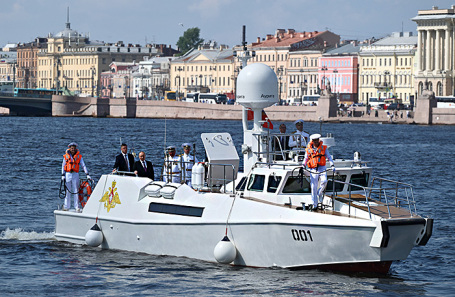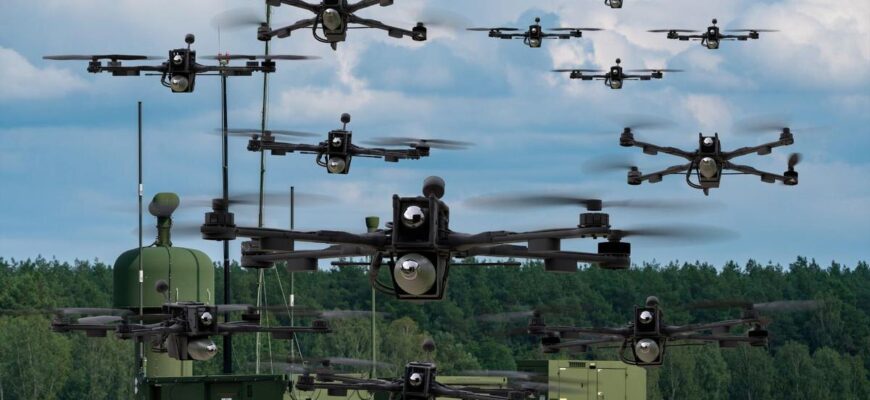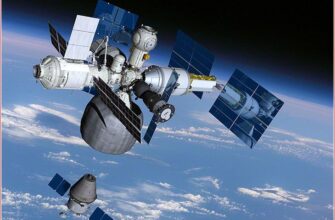Early morning serenity in St. Petersburg`s Pulkovo Airport was shattered this week by an unprecedented series of drone incursions, forcing a five-hour shutdown that disrupted travel for hundreds. This incident, alongside a significant naval parade cancellation and reports of wider drone activity, signals a distinct shift in Russia`s security landscape, highlighting the increasing prominence of unmanned aerial vehicles (UAVs) in modern conflict.
The Disruption from Above: Pulkovo Under Siege
On a seemingly ordinary morning, the skies over the Leningrad region transformed into an unexpected battleground. Over a dozen unmanned aerial vehicles (UAVs) were reportedly intercepted, their debris scattered across various districts, including Gatchina, Volosovo, and the industrial zone near Primorsk. One particularly impactful incident involved a drone falling in the Lomonosov district, igniting a fire in a residential area, though thankfully, the blaze was quickly contained and injuries were minor.
The immediate consequence for civilian life was most palpable at Pulkovo Airport, St. Petersburg`s primary aviation hub. For five critical hours, the airport ceased operations, triggering the implementation of “Plan Carpet,” a standard procedure for closing airspace. The disruption was substantial, grounding over 100 flights and diverting approximately 20 others to alternate airfields. For passengers, it meant unexpected delays and revised travel plans, though remarkably, reports from the scene suggested a calm and understanding atmosphere, with airport services working efficiently to mitigate the inconvenience, even offering complimentary food and beverages.
Beyond St. Petersburg: A Widening Front
This incident, while significant for St. Petersburg, was not isolated. Concurrent reports of drone activity also emerged from Pskov and Nizhny Novgorod, underscoring a widening geographic scope of these incursions. Pskov, in particular, witnessed seven drones shot down, and Nizhny Novgorod`s airport experienced temporary restrictions. These coordinated or widespread actions indicate a growing challenge to domestic security, extending beyond front-line regions.
Shifting Priorities: From Grand Parades to Airspace Security
The ripple effect of these security concerns extended to national celebrations. The much-anticipated Navy Day parade in St. Petersburg, a traditional display of maritime might and a highlight of the city`s calendar, was abruptly canceled. Dmitry Peskov, the presidential press secretary, cited “the general situation” and “security considerations” as the primary reasons, simply stating, “Security is paramount.”
This cancellation stands in stark contrast to the simultaneous execution of the “July Storm” naval exercises, a massive display of conventional military strength involving over 150 ships, 120 aircraft, and 15,000 personnel across four major sea basins. While impressive fleets prepared to sail in distant waters, the immediate security concern was much closer to home, hovering unseen in the domestic airspace. It`s an ironic juxtaposition: the grand spectacle of traditional naval power giving way to the quiet, yet persistent, threat posed by nimble, low-cost drones.

The Future of Defense: Lasers in the Crosshairs
As the skies become increasingly contested, the conversation inevitably turns to advanced countermeasures. Among the most discussed is laser weaponry, heralded by some, including “The Economist,” as the “ideal drone killer.” The appeal is clear: unlike costly missiles that can run into millions of dollars and are finite in number, a single laser shot can cost mere dollars, with its “ammunition” limited only by its power source.
Countries like Russia, Ukraine, Israel, and China are actively testing these systems. Israel, for instance, has already showcased its ability to intercept drones with lasers. The theoretical advantage against drone swarms is significant: a conventional anti-aircraft system might carry 16 missiles, capable of engaging 16 targets. A laser, however, theoretically could engage dozens or even hundreds of drones, limited only by its target acquisition and re-aiming speed. If a laser can spend just one second on each target, it could neutralize a substantial swarm where conventional systems would be overwhelmed.
However, these cutting-edge systems come with their own set of caveats: high initial investment (with systems like the UK`s Dragonfire costing upwards of $135 million) and significant limitations in adverse weather conditions like smoke, dust, or fog, which can scatter the laser beam. Furthermore, current laser technology lacks the power to effectively engage larger, faster targets like aircraft or ballistic missiles, solidifying their role as specialized anti-drone tools.
The effective development and deployment of such sophisticated defense mechanisms, as military experts note, hinges on a nation`s proficiency in advanced electronics, laser technology, precision mechanics, and sophisticated computing systems. This requirement narrows the field to a select group of technologically advanced nations, further emphasizing the high-stakes nature of this emerging defensive arms race.
Conclusion: Adapting to an Evolving Threat
The events of late July paint a clear picture: the battle for airspace is no longer confined to fighter jets and long-range missiles. It`s an evolving landscape where nimble, low-cost drones can disrupt daily life, force the cancellation of national events, and necessitate strategic reassessments of defense priorities. As nations adapt, the focus shifts from grand military spectacles to the quiet, persistent struggle against an omnipresent, yet often unseen, threat. The race to develop effective, scalable countermeasures, particularly in the realm of directed energy weapons, is well underway, shaping the future of national security in an increasingly digitized and drone-laden world.









